contact Boss
Don’t rush to close it, talk to our boss directly, you will get a surprise.



1900+ Users
Completed User Services
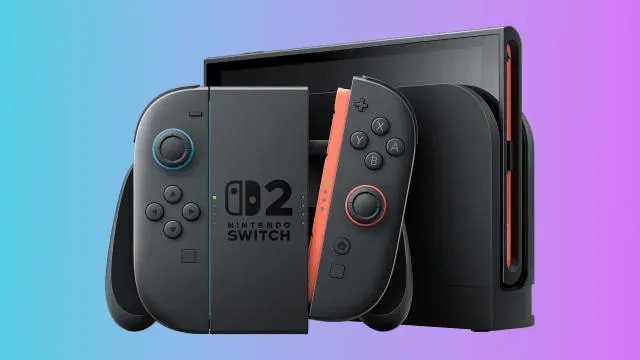
Now that you’ve got your new Nintendo Switch 2, don’t rush into playing games just yet! Many new features will significantly enhance your experience once you configure them! In this article, we’ll show you eight essential console settings to check out after getting your new console!
On the original Switch, setting an unlock password required going through the parental control app. On the Switch 2, however, you can enable the console lock function directly in the settings.
Click on the “Settings” option – Find “Host Lock” in the “Host” option
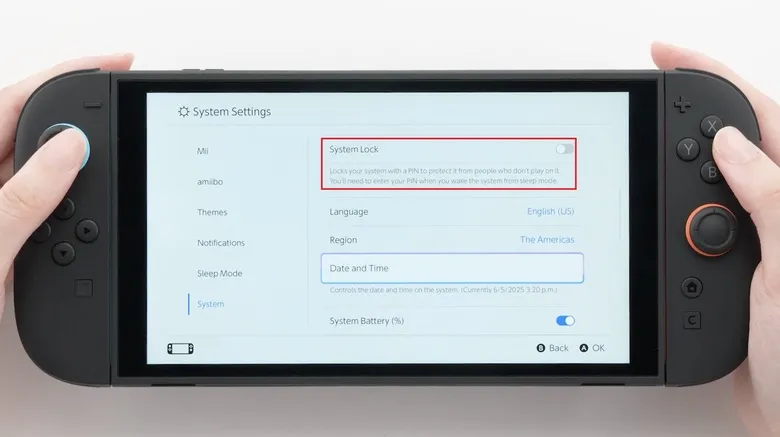
As shown above, the Switch 2’s settings include a PIN option, allowing you to set a password to prevent anyone from accessing the system without it.
You can set a 4- to 8-digit password (4 is recommended; entering 8 digits is time-consuming when you’re in a hurry to play games).
This is clearly designed for those with children, or any family or friends who, for whatever reason, don’t want access to the system.
This might not be the most exciting feature on the Switch 2, but it’s undoubtedly useful. This setting will obviously be the bane of any gaming-starved child, but sometimes you have to follow your parents’ rules!
The Switch 2 can set the battery charge limit to 90%, preventing damage from prolonged charging and significantly extending battery life.
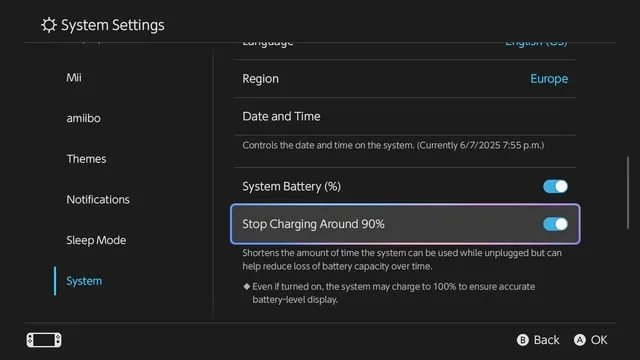
HDR for compatible software only avoids the Switch 2 trying to create a “fake HDR” for games that don’t support it by arbitrarily changing the luminosity, contrast etc in a really poor way.
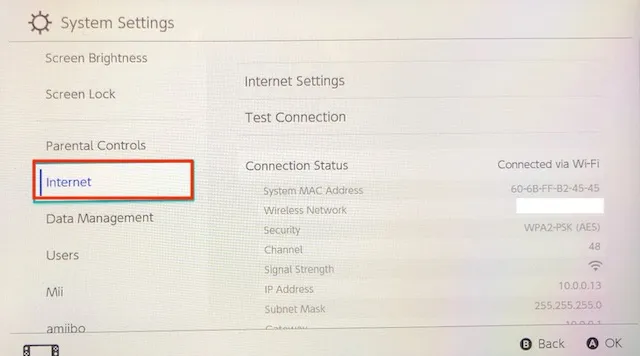
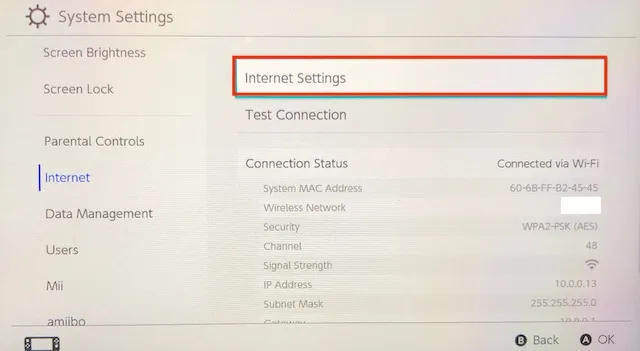
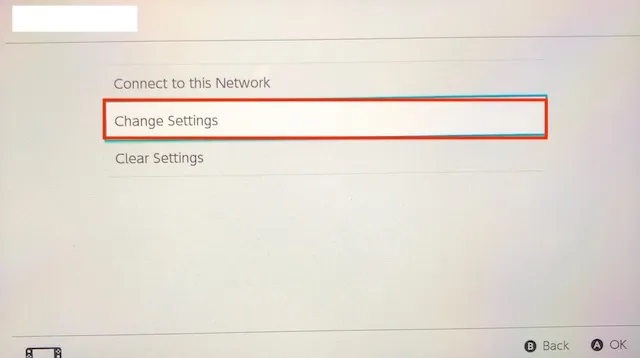
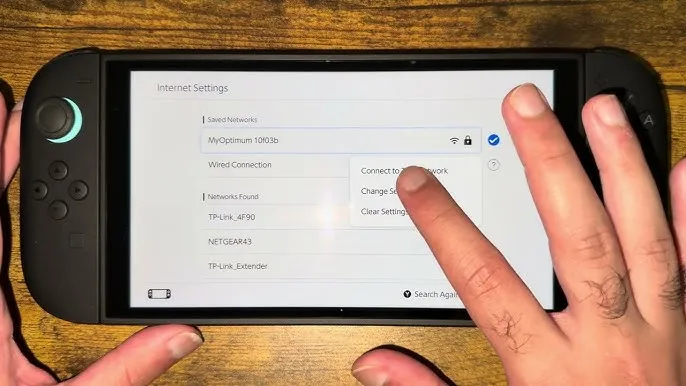
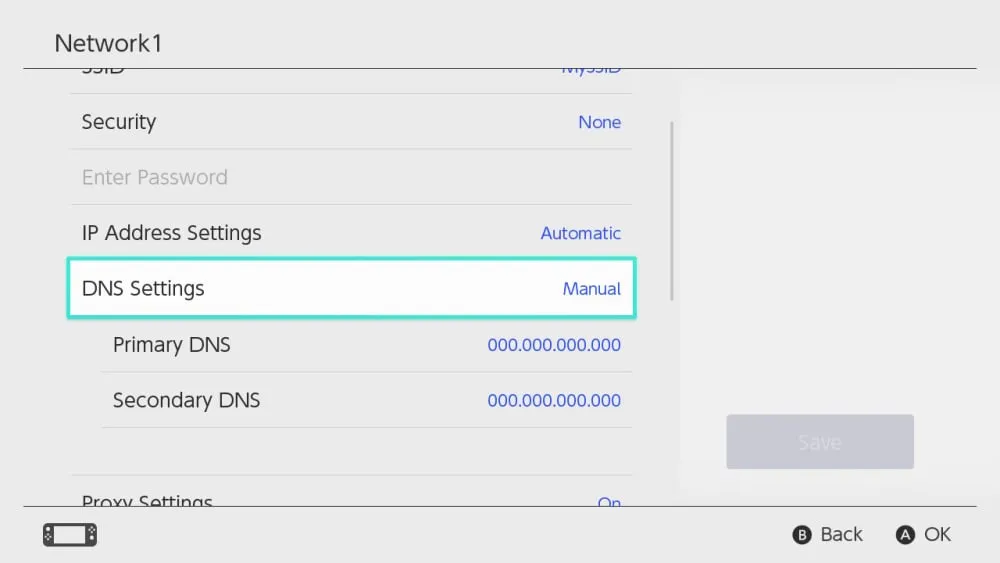
Update DNS Settings
You will have to update the Primary and Secondary DNS. You do this by selecting each one individually.
Simply enter the following values into the corresponding parts (you can choose any one of the recommendations).
Recommendation 1:
Preferred DNS: 223.006.006.006
Alternate DNS: 005.005.005.005
Recommendation 2:
Preferred DNS: 8.8.8.8
Alternate DNS: 8.8.4.4
Note: If you have a paid plan, use the DNS IPs provided in your account.
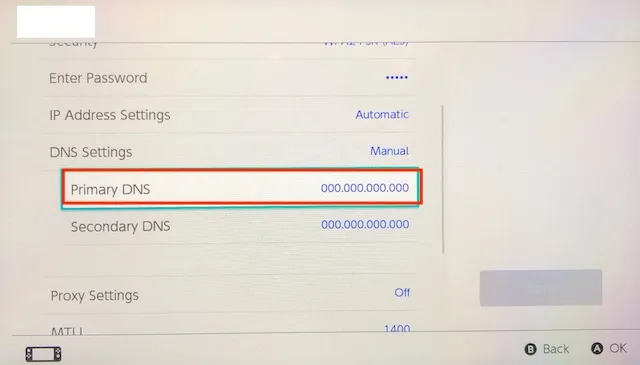
You will switch the 0.0.0.0 entries with the DNS IP’s from the Kid profile in your dashboard.
The final step is to verify the DNS configuration is working. You can use DNS Leak Test to help with this.
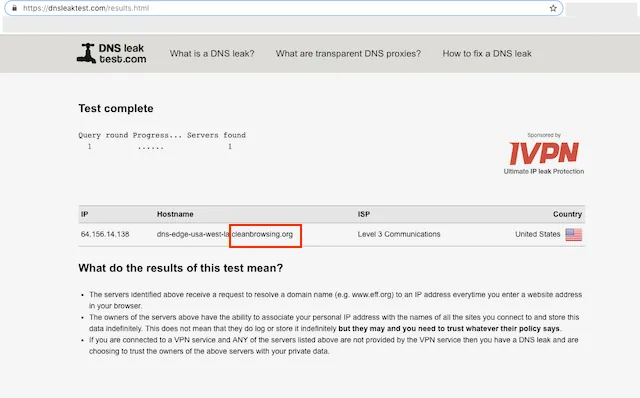
You will run the Standard Test. The output should show CleanBrowsing in the response.
It is advised to take the time to flush your DNS resolver cache on your local machine and browser caches to ensure that your new DNS configuration settings take effect. It can take 10 – 15 minutes for the change to take effect; be patient.
The additional time is the time required for your computer’s DHCP Lease to get the new DNS. If you disable your Wifi and re-enable it, it will force it right away (you can also reboot the router).
Many people often complain that among the three major consoles, only Nintendo’s A and B buttons are positioned differently from other platforms, making it easy to press the wrong one.
The Switch 2 now offers a replacement A and B button function, which completely solves this problem.
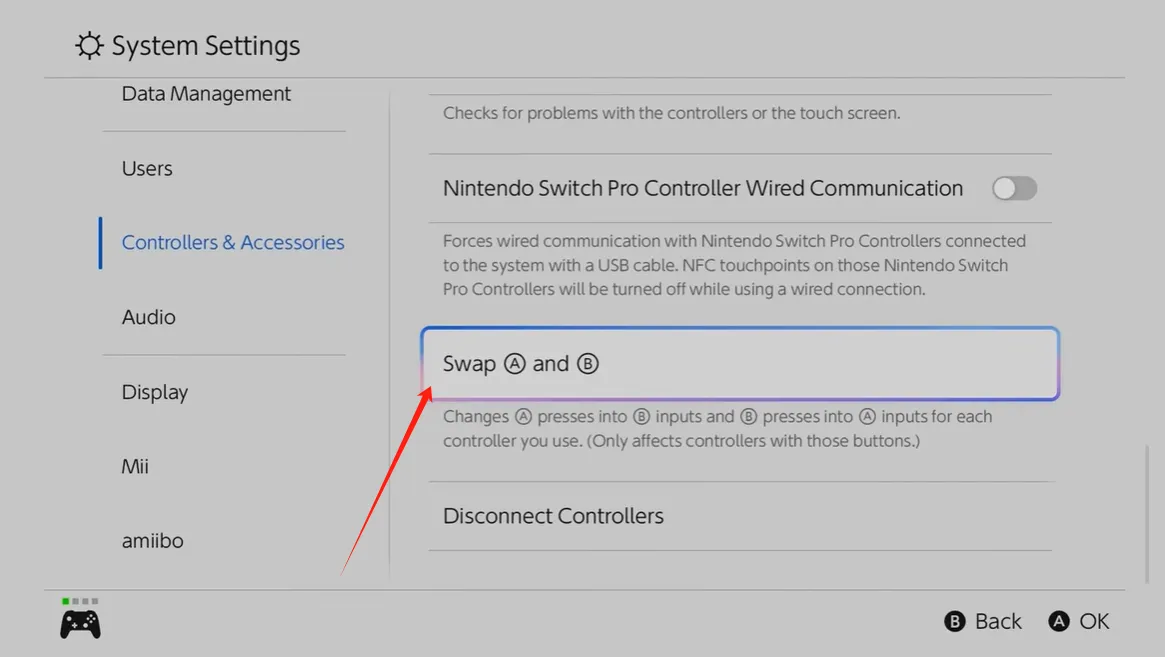
(How To Swap A and B Buttons on Nintendo Switch 2 Controller)
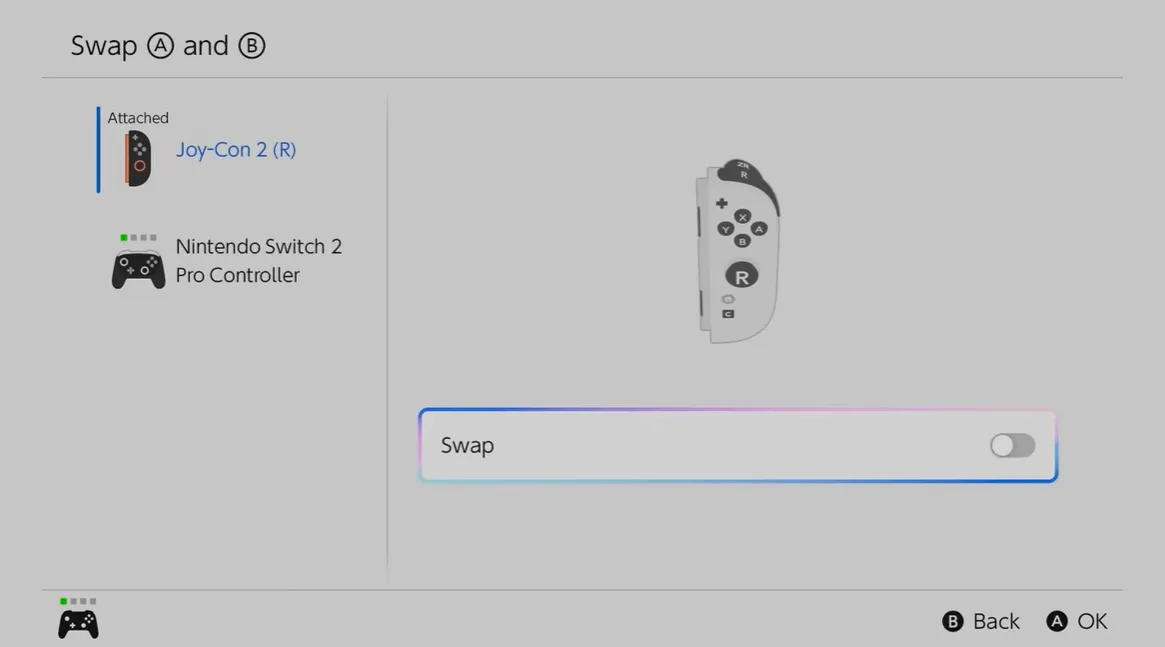
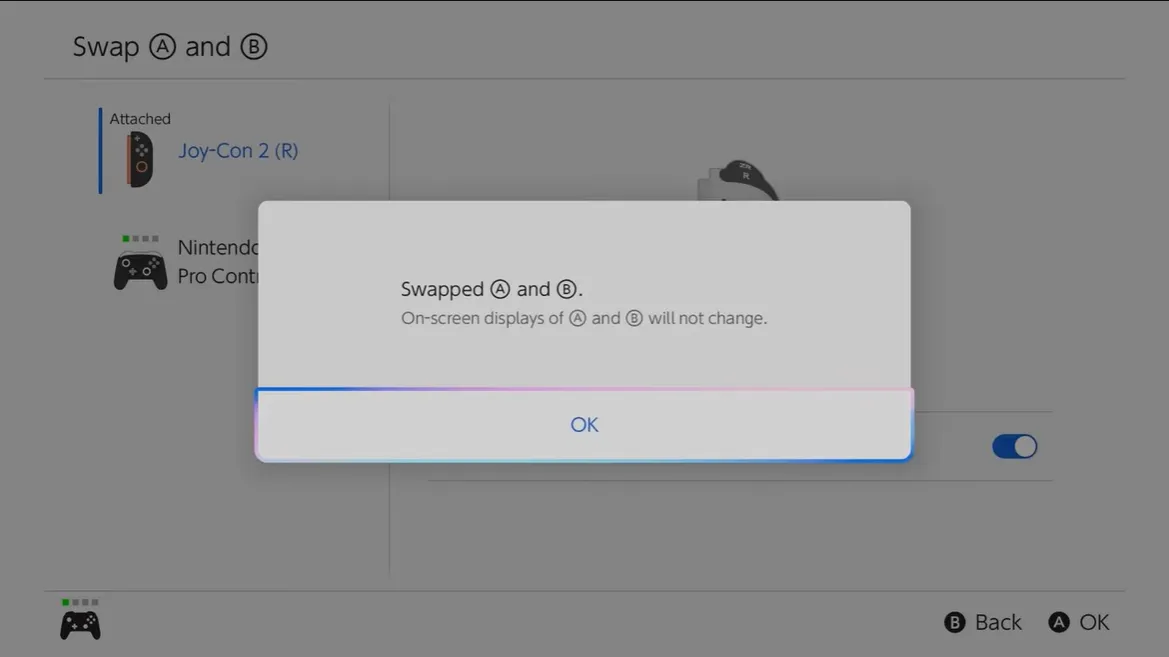
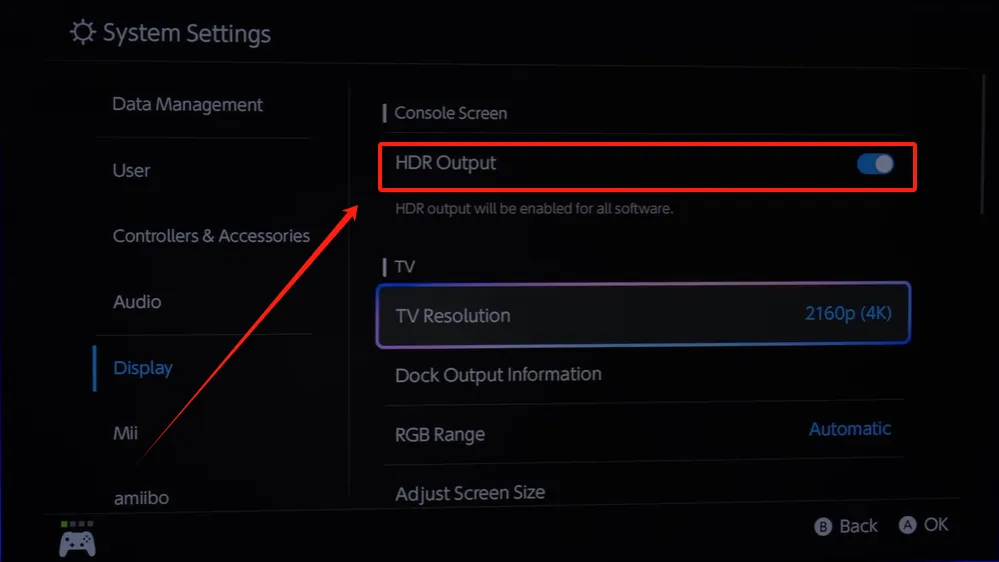
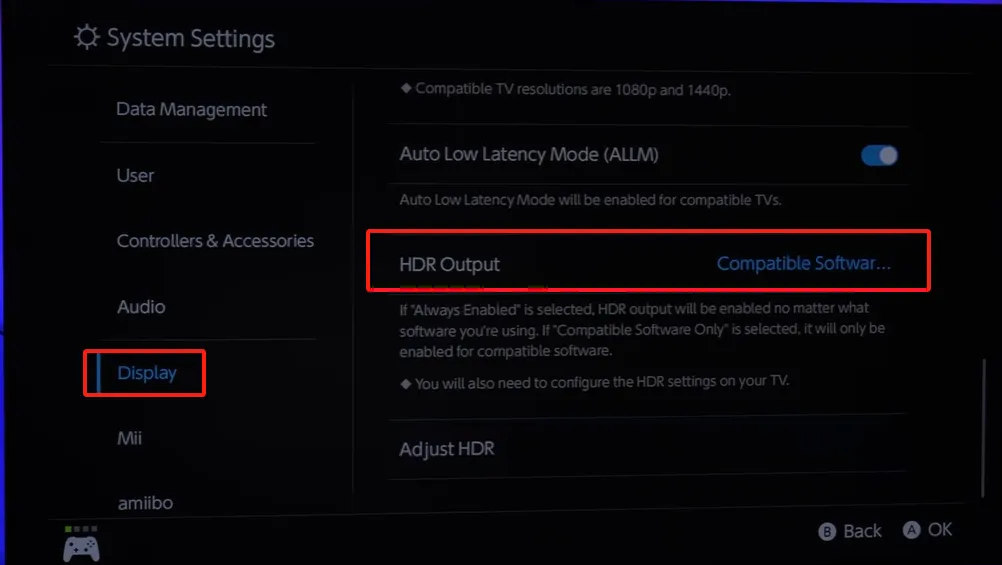
In this way, every time we play a game that supports HDR, the console will automatically turn on HDR, and it will be turned off at other times.
Follow the steps below to adjust the screen brightness settings on your Nintendo Switch 2 console.
(1) From the HOME Menu, select System Settings, then Screen Brightness.
(2) Toggle Auto-Brightness on or off, or manually adjust the screen brightness by sliding the brightness level bar.
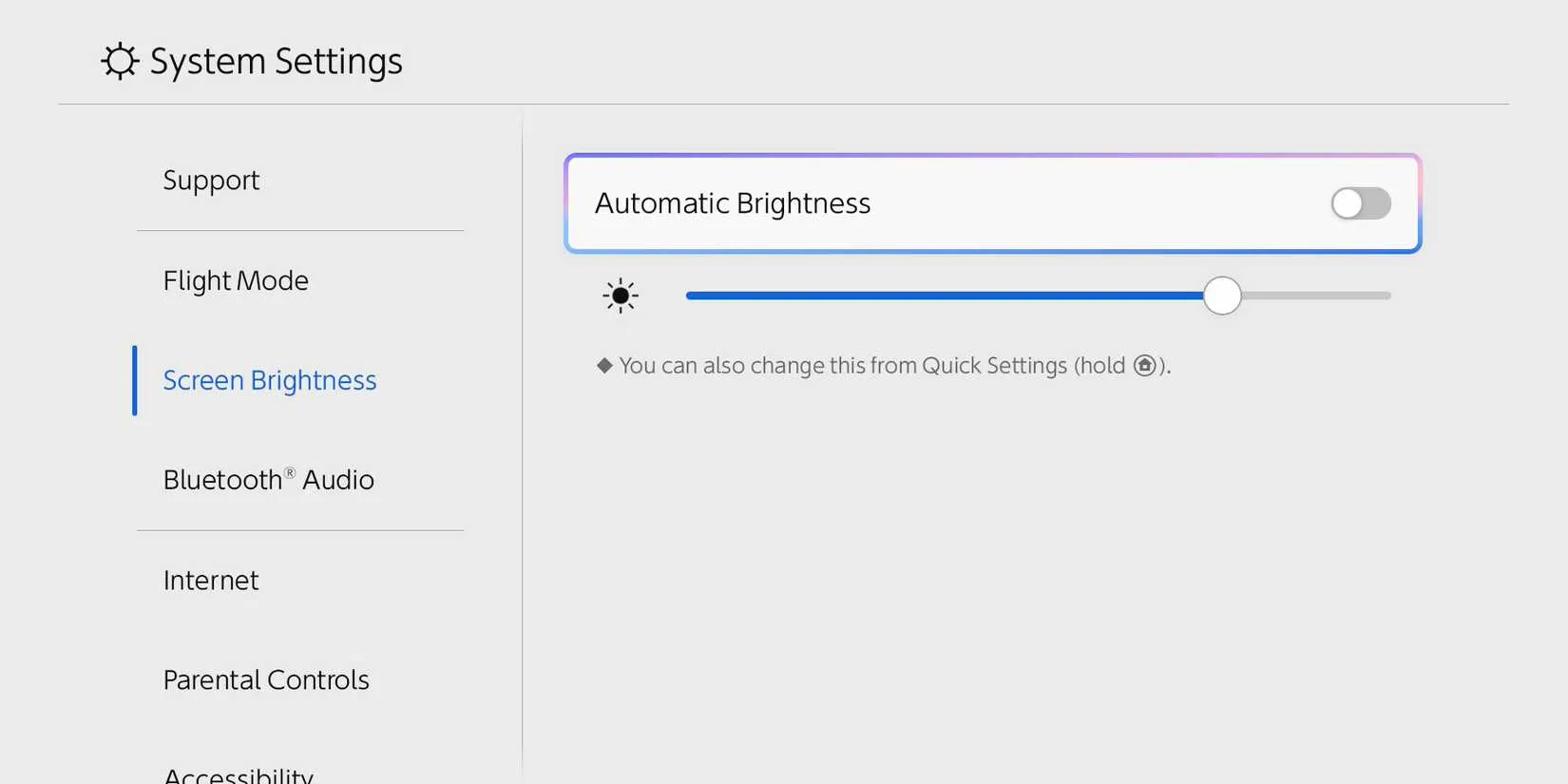
Switch 2 has a new mouse mode. After removing the Joy-Con 2, you can switch to mouse mode. We can also adjust the pointer speed to facilitate our gameplay.
You can access this setting through the Controllers & Accessories tab in System Settings.
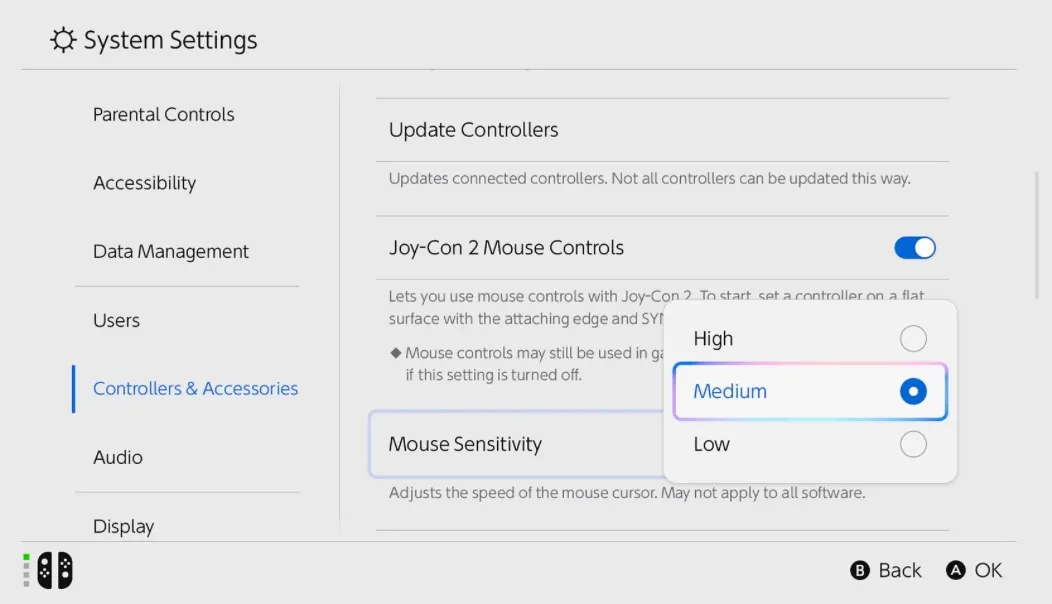
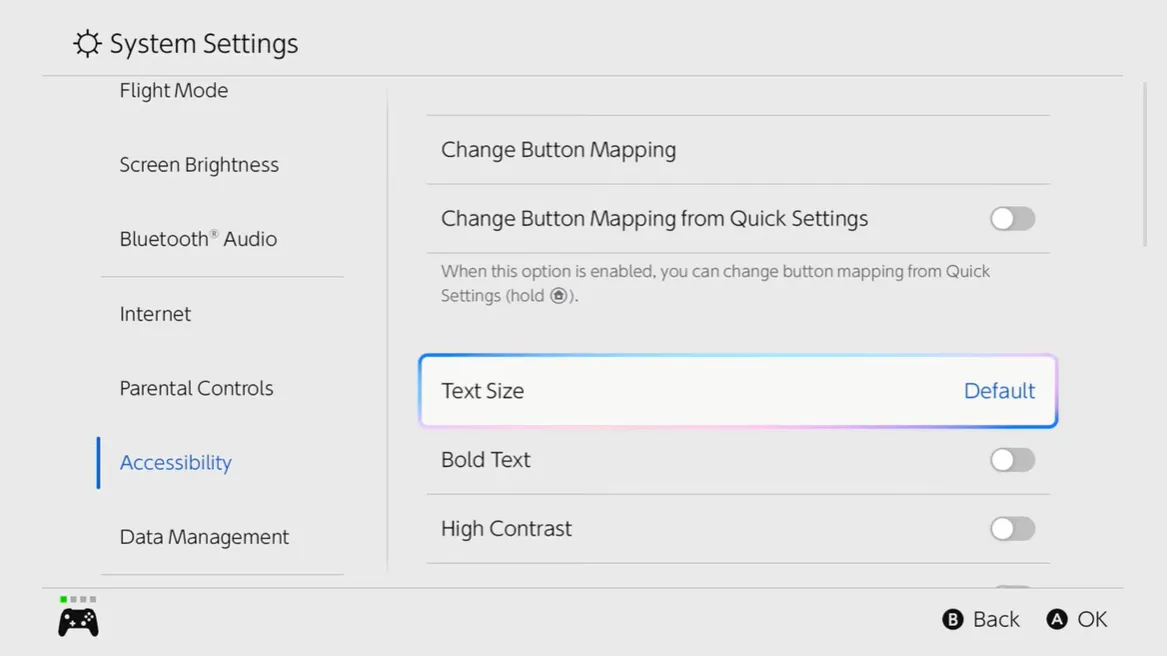
If you like more eye-catching fonts can also turn on the “bold font” option.
The Japanese version of the Switch 2 can only be logged in with Japanese accounts, and the system language is only Japanese.
If you don’t have a Japanese Nintendo Account, you won’t be able to log in to the Japanese version, and you won’t be able to use the following features:
1.Game chat;
2.Virtual game cards;
3.NSO membership;
4.Nintendo Switch app;
5.Nintendo Eshop;
6.Game news;
7.Friends feature.
The Switch 2 multilingual version supports players logging into Nintendo accounts in all countries and regions, and can be set as the system language in 16 languages.
Using the Japanese-made Switch overseas will not be covered by the warranty.
Playing physical games sold overseas will not be covered by the official guarantee for the Switch 2 Japanese Edition.
The Switch 2 Japanese version can only be logged in to a Japanese account. Since the overseas eShop is not available, it is not possible to purchase overseas digital versions of games.
There is no difference.
The “Full Transfer” feature allows you to transfer your current Switch’s saved data and various settings to the Switch 2. Once completed, the data will automatically re-download to the destination console.
Game photos and child monitoring settings will be fully inherited, allowing you to play on the Switch 2 immediately.
Items that can be transferred include: user information, purchased downloadable software, saved software data, captured photos, various console settings, and child monitoring settings.
Using the “Full Transfer” feature requires a Nintendo Account and configuring the console’s Wi-Fi settings to connect to the internet.
Nintendo will release free updates for some Switch games. These updates will improve performance and graphics on the Switch 2 and may also add support for “game chat” and “game sharing.”
According to data released on its official website regarding “Confirmed Operational Status of Switch Games on Switch 2,” 122 Nintendo games are fully compatible, while over 80% of approximately 15,000 non-Nintendo games are functional, with 20% fully playable.
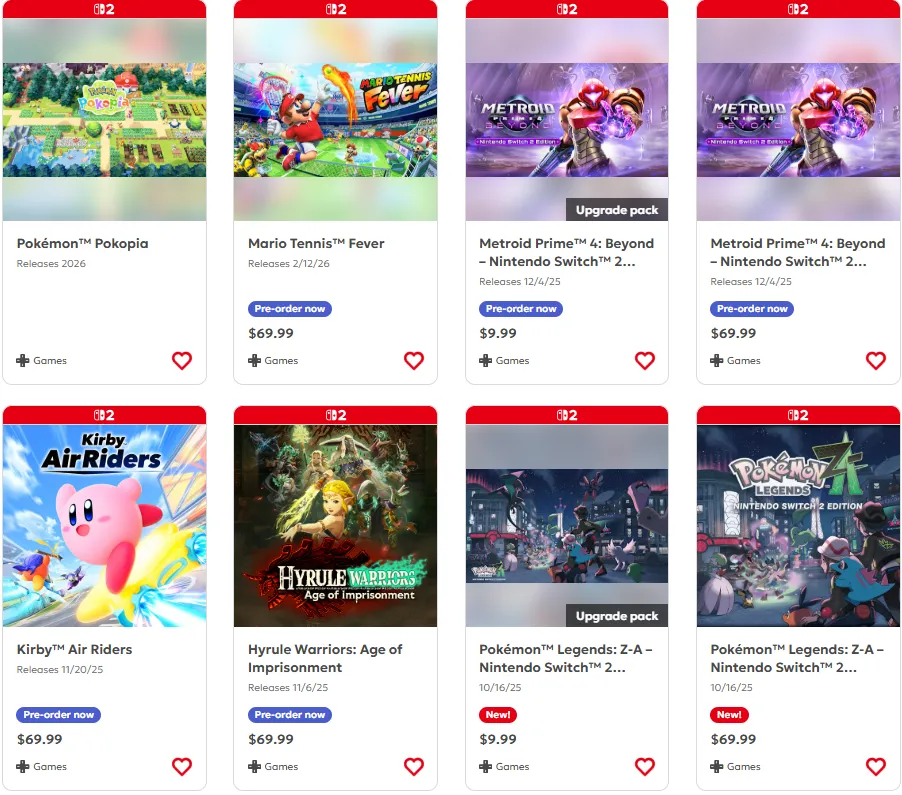
Nintendo further disclosed the game lineup for Switch 2 on its official website. The games will be divided into three categories:
A: “Switch 2 games” that can only be played using the Switch 2 console, such as: “Mario Kart World”, “Donkigang: Banana Power”, “Zelda Warriors: The Sealed Chronicle”, etc.
B: “Switch 2 Edition” games are based on Switch games and have added features, such as improved graphics and gameplay unique to Switch 2.
Players who own physical or digital versions of Switch software can upgrade to “Switch 2 Edition games” by purchasing an “Upgrade Pass.”
Examples include “The Legend of Zelda: Breath of the Wild,” “The Legend of Zelda: Kingdom of Tears,” “Kirby Quest,” and “Pokémon Legends Z-A.”
C: First-generation Switch physical or digital games. Some software features will be restricted or unsupported. Also, some first-generation Switch games will be made more playable through free updates.
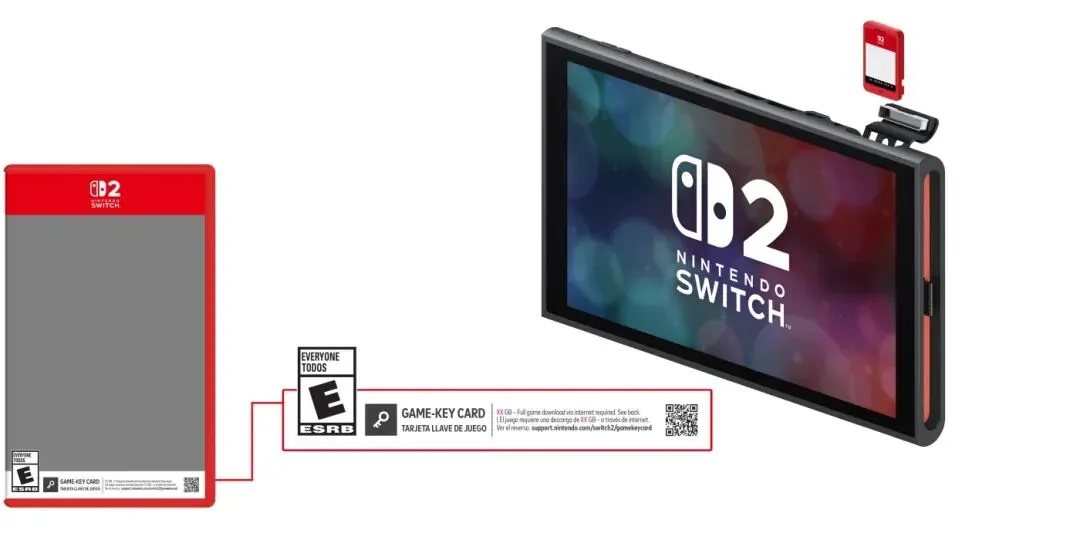
The Switch 2 introduces a new physical game format: Game Key Cards.
Unlike traditional physical cartridges, these cards don’t contain game data. Players must download the game data before playing (requiring storage on the device or a microSD Express card).
Unlike previous physical cartridges, which only provided redemption codes, Game Key Cards can be easily resold or shared with other players after playing the game.
Simply insert the key card into the desired console to play the game.
However, the first time you play, you’ll need to connect to the internet to download the game data (the game itself).
Downloading requires an internet connection, and the console’s internal memory or microSD Express card will need enough space to store the game data. The required space is indicated on the cartridge case.
Unable to play. Requires a key card inserted into the console like a normal boxed game.
No
Please refer to the table image below. Red circles indicate devices that can still be used on the Switch 2, while black crosses indicate devices that cannot be used on the Switch 2.
The HDMI cable that came with the original Switch will not work; you will need the Ultra High-Speed HDMI cable that came with the Switch 2.
No
You can use the same USB camera you use on your home computer, but some devices may not be supported or may not work properly.
After connecting a USB camera to the Nintendo Switch 2 console, you can verify it by going to “Settings” → “Controllers & Peripherals” → “Check USB Camera Operation” in the HOME menu.
No.
The Switch 2 only supports microSD Express memory cards, and the first use of a microSD Express memory card requires an internet connection and a device update.
microSD Express memory cards have faster write and read speeds than standard microSD memory cards, and the Switch 1 supports both types of memory cards.
In addition, both Samsung and SanDisk will release their own 256GB microSD Express memory cards.
The Switch 2/Switch’s “Virtual Game Cards” allow you to manage downloaded software just like boxed software. Opening the Virtual Game Card menu will display all purchased software listed as virtual game cards.
Players can add and remove virtual game cards here to manage the software they play on the console. Players with two consoles can switch which console the virtual game card is added to, allowing them to choose which console to play their games on.
Games can also be loaned to people registered as “Household.”
Yes.
Set up virtual game cards and share them among all users within the system.
Yes.
New content will also be loaned out as virtual game cards.
New content must be managed alongside the game’s virtual game cards.
When setting up or loaning it out, it will be bound to the game’s virtual game cards.
Yes.
Digital games purchased so far can also be transferred to a second console or loaned out as virtual game cards.
Yes, but Switch 2 games cannot be set up or borrowed on the Switch.
Unable to set.
A virtual game card can only be set for two paired consoles (one pair).
If you want to set a virtual game card on a third console, you need to swap it with one of the paired consoles.
Saved data is stored on the console.
Even if you install a virtual game card on another console, the saved data remains on the original console.
If you want to use the same saved data on both consoles, perform a “Save Data Transfer” or use the “Save Data Storage” feature of a Nintendo Switch Online membership.
Game chat requires a Nintendo Switch Online membership. You’ll also need to verify your identity via SMS verification using your mobile phone number.
In addition, a USB camera (sold separately) is required to enjoy video chat.
Game chat will be free for one year until Tuesday, March 31, 2026. During this period, you can enjoy game chat for free even if you are not a Nintendo Switch Online member.
If you unpair, the virtual game card set on the console will be removed.
If a child under 16, or designated as a “guarded child,” initiates a game chat, their guardian must use the Parental Controls mobile app to set up chats.
Chats are limited to those with guardian consent. Parents can also review chat history and limit video chats.
You can enjoy game chats with just audio, even without a USB camera. You can also share your game screen.
If you have a USB camera, you can video chat and play games with up to four people simultaneously.
No.
If you have a Nintendo Switch 2 and a game that supports Game Share, you can share it with everyone to play.
Yes, but game sharing is limited to communication between nearby consoles.
No. Switch only supports receiving Game Share via neighboring console communication.